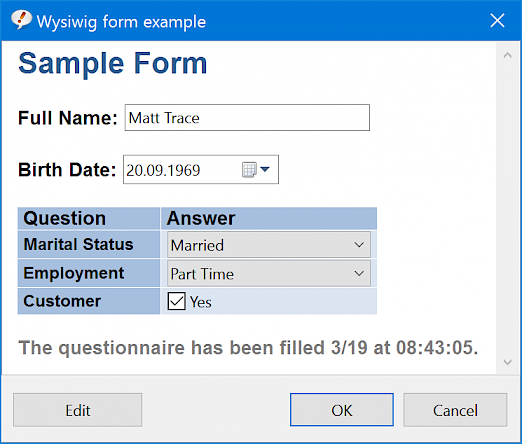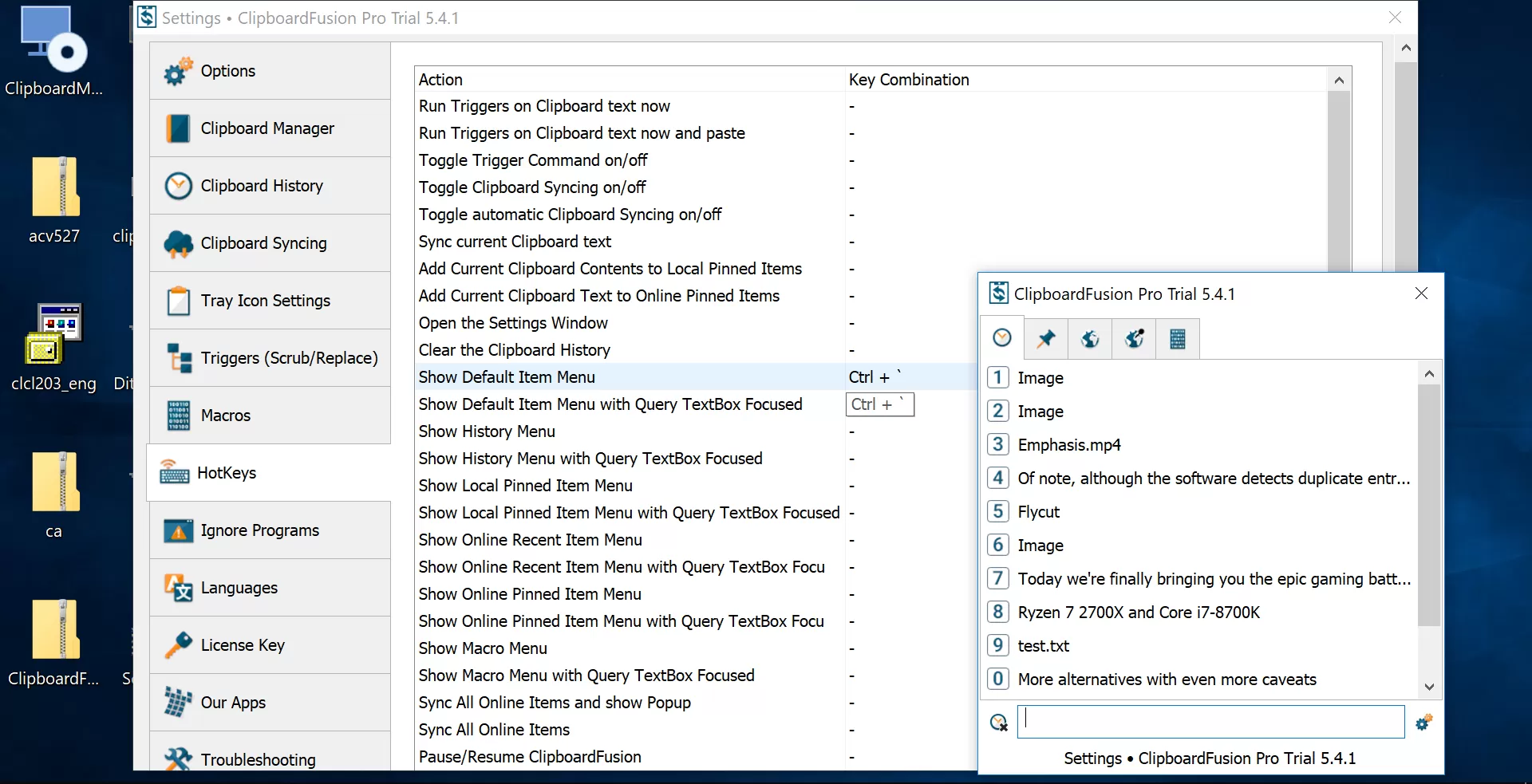

Make a change to a figure and instantly the figures rearrange based on the sorting rule. You can specify a secondary sort as well. However, you can also tell Curio to keep those children automatically sorted by title, creation date, modification date, due date, start date, start date or end date if already started, percent completed, priority, or rating, in either ascending or descending order.By default, you can manually rearrange the child nodes of a list parent via drag-and-drop as described above.If the Option key was held down during the drag then a copy of the selected figures will be created. Release the mouse button to drop the items into the list.Notice that rearranging an item with children also moves the children. As you drag the items around, a line will appear showing you where they will be placed in the list, including their hierarchical level.Select one or more list figures and begin to drag them.Press ⌃⇧↑ or ⌃⇧↓ to move the item up or down through its siblings.If you want to actually insert a tab within an edited text figure, then type ⌥Tab.To move a set of figures contained by a list figure to a higher level in the hierarchy, follow the same steps listed above but press ⇧Tab on the keyboard.Press the Tab key to indent the figures one level.Any children will automatically be removed as well.Press the Delete or Backspace key or choose Edit > Delete.Select the list items you wish to remove.Insert a new first child by choosing Insert > Text Child or typing ⌘⌥Return.As above, you can simply type ⇧Return to create a new previous sibling.


Curio’s List tool makes it a breeze to generate lists and outlines of any kind right on an idea space. Making to-do lists and outlining ideas is a natural part of brainstorming. For example, you can make it so dragging within a table keeps existing styling but dragging items into a table, from elsewhere, will adopt the appropriate styling. See the Help > Curio Advanced Settings if you’d like to change this default styling logic. However, if you want the items to keep their existing styling then hold Shift while dropping or pasting. If you drag an item from one location in the mind map to another location, then it will adopt the styling appropriate for that location. Likewise, a mind map style will include stylings for the various hierarchical levels in the mind map. For example, a table style’s information will include the style associated with body cells vs header cells. Items created, dropped, or pasted within or into a collection will adopt the style appropriate for destination as determined by the collection figure.

For example, you can’t place a table into a mind map or an index card into a list. While a collection figure can contain other figures it cannot contain another collection. Curio includes several bundled collection figures such as list, mind map, table, index card, pinboard, and album collections. As mentioned above, a collection figure is a special type of figure that contains, manages, and positions figures within it.


 0 kommentar(er)
0 kommentar(er)
